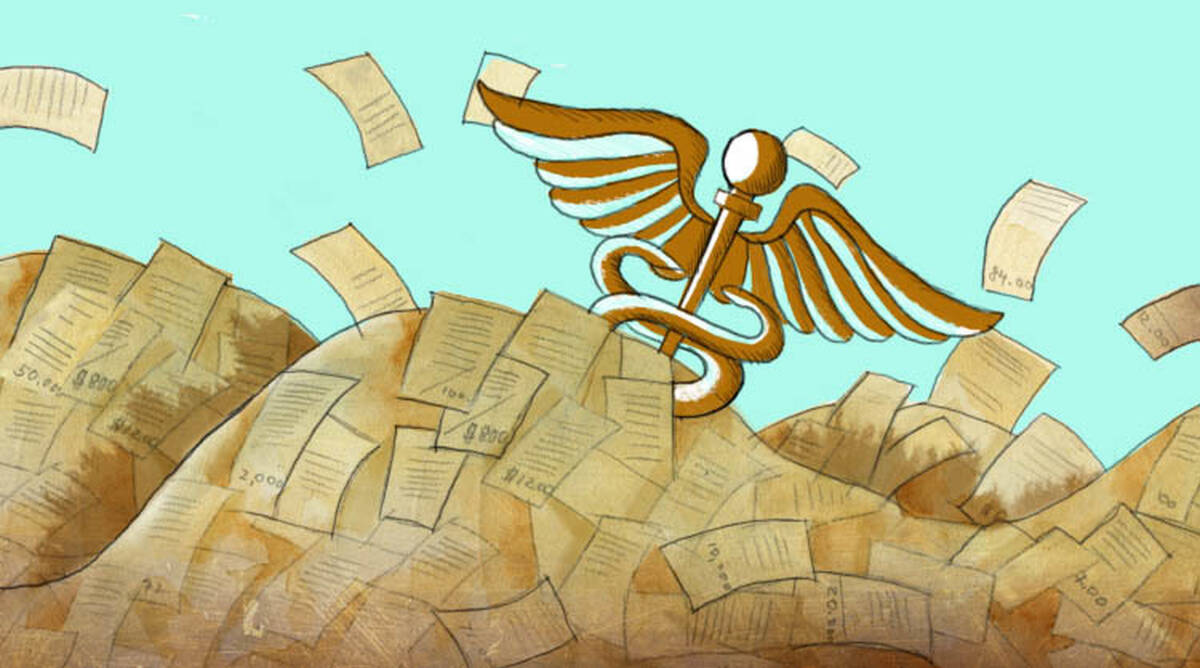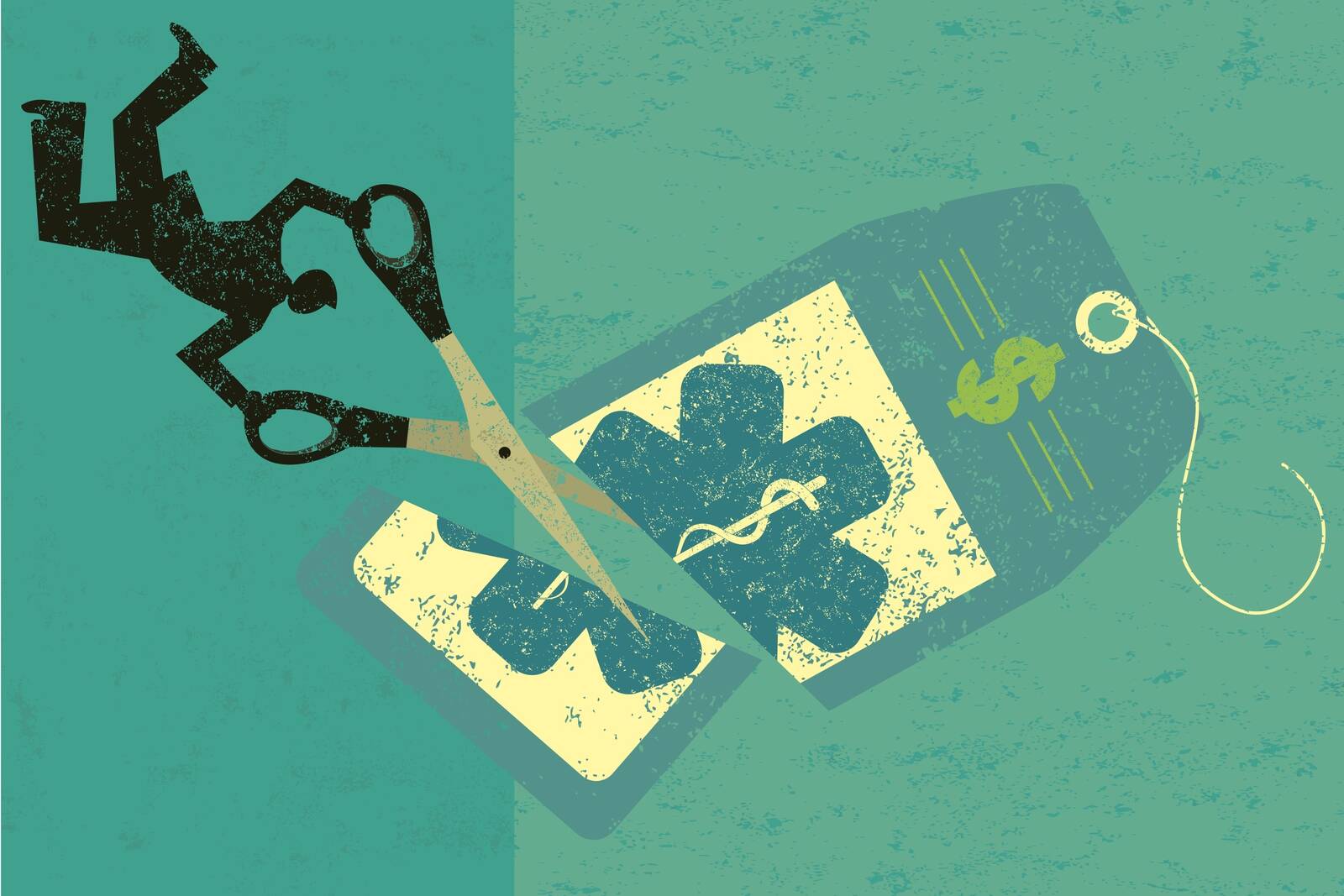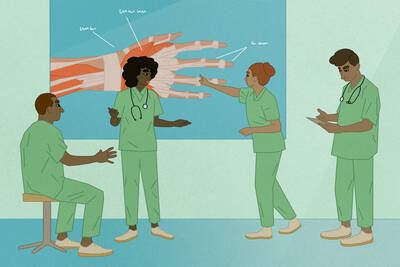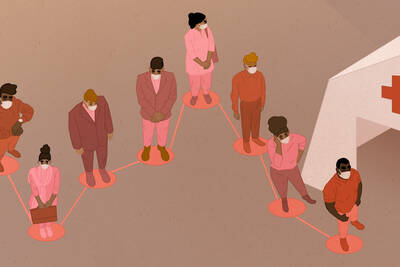Nonprofits are supposed to provide a public good in exchange for not paying taxes. Yet it is unclear whether nonprofit hospitals actually refrain from charging as much as they can for services, in order to benefit their communities.
Three members of Kellogg’s strategy department—Associate Professor Craig Garthwaite, Professor David Dranove, and Research Assistant Professor Christopher Ody—designed a study to investigate whether most nonprofit hospitals act, in their words, as “for-profits in disguise.” Specifically, they asked whether nonprofits raise their prices after a financial shock. If not, this would provide evidence that they had already been charging maximum prices, just as for-profit hospitals do.
For the most part, nonprofit hospitals do act like for-profits, the researchers found. And instead of raising prices, many respond to financial crises by cutting back on unprofitable services to offset their losses, which can severely impact the communities they serve. The results also challenge the widely held belief that more uninsured people means higher prices for insured patients—a finding that has implications for the debate over the fate of the Affordable Care Act (ACA).
Do Nonprofit Hospitals Share Financial Pain and Gain?
The broad goal of the research was to better understand key factors that influence the cost of care at hospitals. One piece of the puzzle is the impact that uninsured patients—those who cannot pay for their care—have on prices.
“There’s a widely held belief about how health and hospital markets work,” Garthwaite says. “People believe that when lots of people without insurance show up at a hospital and get treated but can’t pay, the financial hit the hospital takes will be reflected in higher prices for hospital services and insurance premiums for private patients.”
The researchers suggest that would only be the case if hospitals generally made up for financial shocks—of any type—by raising prices. Under this scenario, a loss of revenue due to more uninsured patients would be made up for by raising prices for those who do reimburse the hospital, namely, insurance companies and patients paying deductibles or co-insurance.
Such a response should not be possible at for-profit hospitals, Garthwaite explains, because they have “already theoretically negotiated the most profit-maximizing prices possible with insurers. That means even if you, as a for-profit hospital, suffer a financial shock, you won’t be able to raise prices for privately insured patients because the pricing is already at its peak.”
Nonprofit hospitals, in contrast, may not have maximized prices before a financial shock. That’s because part of their mission is to benefit society, regardless of monetary gain.
“The idea is that a nonprofit hospital doesn’t pay taxes because it’s doing public good,” Garthwaite says. “So in better financial times, when they’re making money, they’re not trying to maximize profits. But if they get hit with hard times, they may try to recoup what’s lost by raising prices.”
This reasoning supports a “share the pain, share the gain” model of nonprofits: in financially painful times for hospitals, community members also suffer, as the hospital seeks to maximize profits at their expense. But in times of plenty, hospitals pass along the benefits to those they serve by being willing to forgo some financial gain.
That makes sense in theory. But how does it fare in the real world? Do nonprofit hospitals really share financial pain and gain, as would be expected?
The Kellogg team designed a study to test this.
The Cost of Care at Nonprofit Hospitals
To examine the effects of financial shocks on nonprofit hospitals, the researchers studied price and service shifts after the 2008 financial crisis.
“Large nonprofit hospitals hold a lot of their money in an endowment like large universities do,” Garthwaite says. “We could look to see how those that took a bigger hit responded and whether they actually acted like nonprofits by raising prices.”
The authors used data from Medicare Cost Reports, the American Hospital Association Annual Survey, and other sources to assess changes in the endowments, changes in the prices charged for services, and shifts in the services offered for a sample of private nonprofit hospitals after the 2008 stock market collapse.
Overall, the research uncovered only very limited evidence that nonprofit hospitals raised prices in the wake of the recession.
“Only a small number of the major healthcare facilities in the study raised prices post-recession, and not by much,” Garthwaite says. He emphasizes that hospitals in this select group are among the country’s best-known, such as major teaching hospitals ranked as top providers by US News and World Report.
“Hospitals like that have more pricing power based on brand name, so they can dictate prices with insurers more than the average community hospital can,” Garthwaite says. In other words, they have some nonprofit motivation as well as the market power to act upon it.
Hospitals without that kind of power, in contrast, did not change prices much after the recession. However, they still needed to improve their bottom line. So they were more likely to reduce services that tend to be less profitable, such as trauma centers.
“Taken together,” Garthwaite says, “we offer mixed evidence at best for the ‘share the pain, share the gain’ hypothesis. Broadly speaking, there’s no real evidence that nonprofit hospitals were able to recoup money lost to financial shocks simply by raising prices on the privately insured. That means they’re acting just a little bit like nonprofits.”
Healthcare Costs for Insured Patients
If nonprofit hospitals generally seek to maximize profits, what does that mean for patients and other stakeholders?
In some ways, the research is good news for privately insured patients.
“People need to understand that nonprofit hospitals won’t charge more just because they face financial challenges, whatever the source,” Garthwaite says.
For example, the Republicans’ well-publicized efforts to cut Medicaid benefits may mean greater losses for hospitals due to a rising number of uninsured patients; but any such cuts will not likely result in higher hospital bills for other patients. That goes against conventional wisdom that more uninsured people means higher prices.
“If you’re in favor of something like policy changes to the Affordable Care Act because you think it will change hospital pricing for private patients, you’re wrong,” Garthwaite says.
Still, nonprofit hospitals facing financial challenges due to public- or private-sector shifts may cut back on less profitable services or even go out of business. That can reduce community benefits overnight, such as if a hospital opts to stop offering emergency psychiatric care.
“As a nonprofit hospital’s finances get more challenging, they may not be willing to offer services like these, even though the community needs them,” Garthwaite says.
Ultimately, it turns out nonprofit and for-profit hospitals are not so different after all, despite what their names might suggest.
“It’s definitely not the case of the benevolent nonprofit and rapacious for-profit,” Garthwaite says. “That’s not the world we’re in.”




